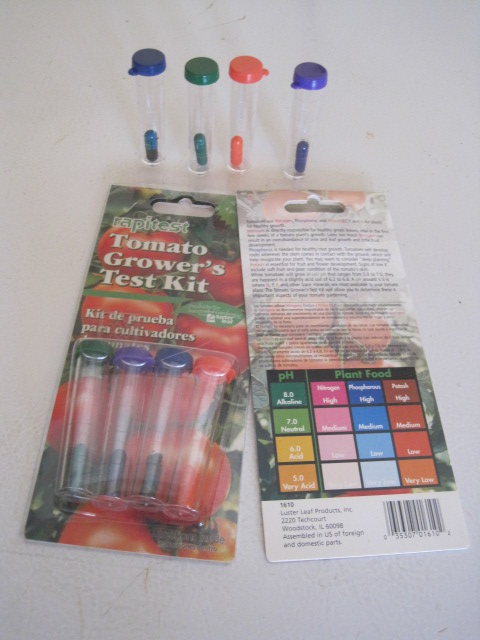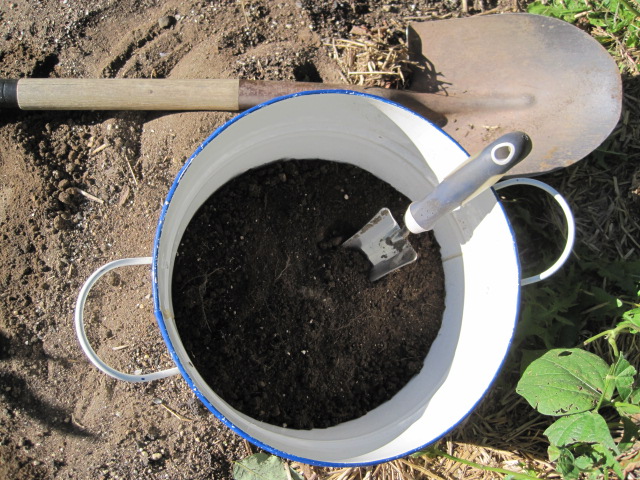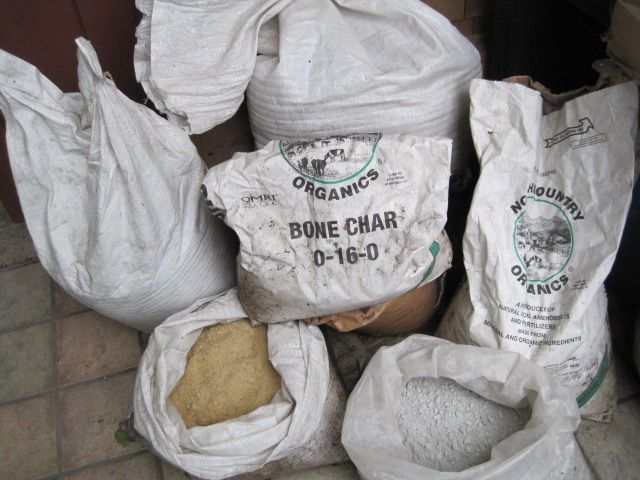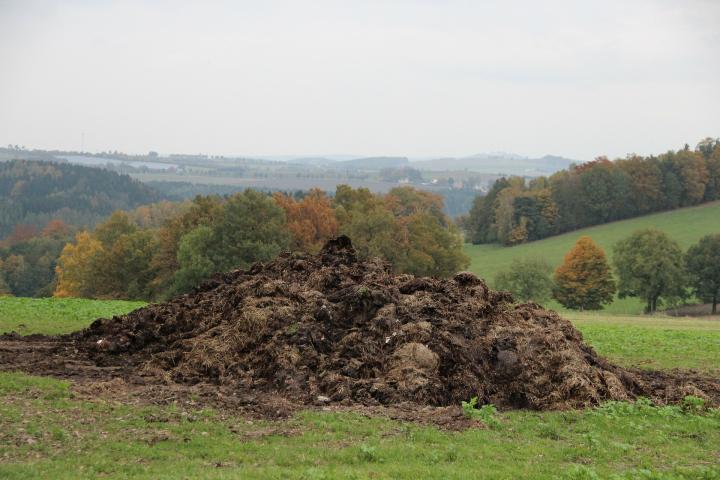
Soil Sampling and Testing
ADVERTISEMENT
Great article. We had our soils tested by UMass, they were by far the least expensive of all the testing sources we found and are much more accurate than the DIY kits.
We live in Vacaville, Ca. where the soils are heavy clay, our area is a former Pecan/Walnut orchard. Temps get to 100 in the day and drop to 65 at night through June so some plants need extra help.
Thanks so much for your instructions regarding the proper method of collecting soil samples for testing. I am Master Gardener and one of my volunteer activities is performing the soil tests on samples that people bring into our local Extension Service office. All too often, I receive a sample that is mostly mulch or grass. You really need to collect your sample from the root zone which is about 6 to 8 inched below the surface for most garden plants.
When I first started gardening in 1970, I amended my soil with blood meal, alfalfa, soybean, or cottonseed meal. But, now, they all contain GMOs thanks to Monsanto. I now use kelp meal, worm castings from red wigglers fed organic produce wastes, and composted leaves, unsprayed grass clippings, and a variety of animal manures from livestock not grown with GMO grains or grasses.
What goes into the soil comes out in food, so I am extremely careful with my supplements.
Can glacial till be used to add minerals OR will it put unwanted heavy metals like chromium 6, arsenic, lead, mercury, and other poisons?
From peer reviewed studies around the world, I'm learning that GMOs include high levels of herbicide and antibiotic resistant bacteria such as
Clostridium botulinum. C. botulism if found at poultry houses, it is also found if dairy livestock in Germany an the source IS animal feed sprayed with Glyphosate resistant herbicides and the pathogenic bacteria to which the feed is resistant. See M.Krueger et al, 2012, 2013, 2014, 2016. This highly resistant bacteria is killing dairy cows, is was found at farms, in farm house dust, and in the feces of the animals, humans, and human children with dire consequences!
Suggestions are wanted on other uncontaminated sources of soil amendments to add beneficial minerals to the soil.
Thanks!
Susan Snow
Your plants Need 8 Macro-Nutrients and 12-19 Micro-Nutrients (Trace Minerals). The Macro-Ns are - from the air - Carbon (from CO2) and Oxygen (for the roots); The Macro-Ns from the Soil are Nitrogen, Phosphorous, Potassium, Calcium, Magnesium, and Sulphur. Important Micro-Ns are Iron, Manganese, NH3 compounds (Ammonia+), Sodium, Silicon, Zinc, Copper, Boron, and Molybdenum. The ONLY Fertilizers I use are Organic Bone Meal (for Calcium and Phosphorous), 1 year old horse manure, and 2 year old poultry manure. Potting, Planting, and Growing Soil is Always - 35% Silica Sand, 30-50% Humus (from COLD Compost), and 15 to 35% Screened Clay (no rocks) - for the Abundant Trace minerals. Soil pH is Maintained at 6.0 to 6.5 using Only Ferrous Sulfate (which works over 6-12 months). Remember: Hot Composting Produces Fine Mulch - and NO Humus. Bill - Master Gardener - 25 years.
To Ask what to put in the soil about the mod to kill it . I was told to put lime , what to know & DO FOR NEXT YEAR. Thank you ? Cecile & need to know how do you dried out gourd's ??? .
Thank you for your informative article, readers should also note that the N/Nitrogen P/ Phosphorus & K / potassium can be used in selecting fertilizers at your local gardening stores. All manufacturers use these in the same Symbols in the listings of what is the strength and amount inside everything from lawn,Flower & Veg Fertizers.these can be found on the front of the box and on the back of the bag as well. I think you folks could do all gardeners a great service by writing a detailed article explaining to the consumer how to read and look for these ingredients, to pin point exact needs and buy only what they need . Thanks: K Clancy: Manchester, Nh
Manure is high in nitrogen but it also high in seeds. All kind of weeds and grasses.
These weeds grow much better than the plants you are trying grow.
Unless you can used sterilized manure I don't recommend using it in your garden at all.












